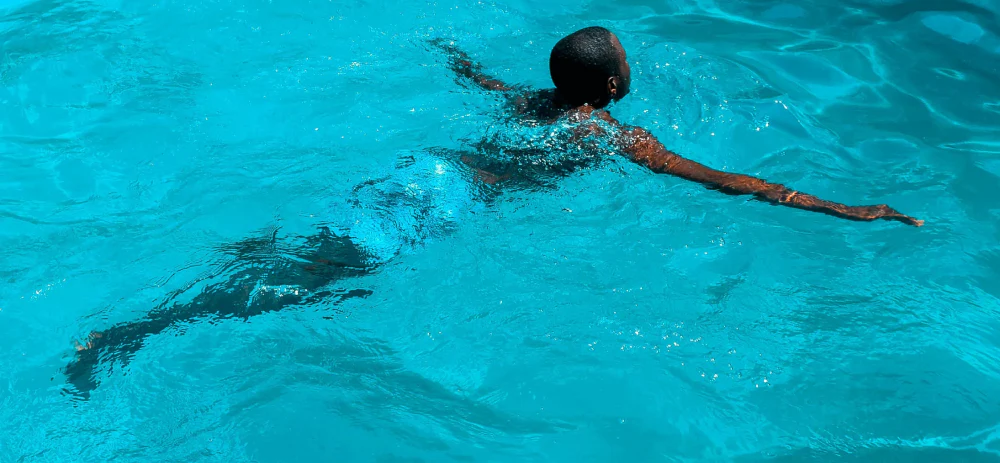A pool is not a luxury—a recreation, relaxation, and lifestyle investment. Yet to enjoy water sparkling clean, safe, and desirable, you must commit to ongoing maintenance. In this complete guide, we demonstrate how to maintain your pool. New pool owner or infrequent swimmer will value the insider advice that makes maintenance a success and enjoyable.
Why Pool Care Matters
Your pool water is exposed to a combination of factors—suns, dirt, bathers, and chemicals. If ignored, they’ll create cloudy water, filthy with bacteria, destroy equipment, and over time, cut your pool’s lifespan. By keeping them under check, not only do you save yourself some cash in the long run, but also sanitize your pool, sanitize your pool, and make it healthy and ready to take a plunge into at a minute’s notice. Contact us for more information on maintain your swimming pool.
The Weekly Pool Maintenance Schedule
A weekly routine schedule will avoid the majority of pool problems from ever happening. Utilize this schedule every week:
Skimming and Cleaning
Using a skimmer net, skim floating material like leaves and bugs. Brush your walls and bottom of the pool to prevent algae growth.
Vacuum the Pool
Scrape clean dirt off the bottom using a manual or auto vacuum. This provides a clean pool floor and no sediment.
Check and Balance Water Chemistry
Test pH (optimal range: 7.2–7.8), chlorine (1.0–3.0 ppm), total alkalinity (80–120 ppm), and calcium hardness (200–400 ppm). Perform chemical adjustments as needed.
Empty Skimmer and Pump Baskets
A clogged-up basket lowers filtration efficiency. Empty them to keep water flowing.
Check EquipmentCheck your filter, pump, chlorinator, and heater for leaks, sounds, or visible wear.
Significance of Water Circulation
Dead spots can be caused by low water circulation where algae and bacteria will breed. Pump your pool at least 8–12 hours a day in peak season. Aim jets to achieve good flow and remove dead spots.
Monthly and Seasonal Maintenance Tasks
In addition to weekly maintenance, monthly and seasonal maintenance keeps your pool in the healthiest condition possible all year.
Backwash or Filter Clean (monthly): Sand, cartridge, or DE filter must be cleaned for optimum performance.
Shock Your Pool (every 2–4 weeks): With extra boost of chlorine, kill off organic waste, cloudy water, and impurities.
Winterizing (prior to freezing weather): Lower water level, add winterizing chemicals, and close pool cover.
Summer Opening: Remove the cover, equalize chemicals, and brush to make your pool swim-worthy for summer play.
Pool Troubleshooting and Prevention
Cloudy Water: Most often caused by bad filtration or out-of-balance chemicals. Fix filter and have water analyzed on a regular basis.
Algae Blooms: Typically green, yellow, or black patches. Prevent with regular brushing, balanced chlorine, and algaecide.
Chlorine Smell: Irony, strong chlorine odor usually indicates low free chlorine. Shock your pool to correct.
Stinging Eyes: Due to imbalance pH levels, not because of too much chlorine. Acidify pH and alkalinize.
New Pool Owner Pool Maintenance Tips
Record Keep: Monitor chemical balance, clean schedule, and breakdowns for search patterns.
Acquire Pool Cover: Saves water, reduces rubbish, and excludes UV.
Purchase a Quality Test Kit: Greater accuracy needed. Utilize best-of-the-line strips or liquid test kit.
Learn It: Knowledge is power. Refer to manufacturer’s manuals and seek pool professionals as needed.
Green Solutions to Green Pool Maintenance
Solar Covers: Trap heat, and also reduce chemical evaporation.
Variable Speed Pumps: Conserve energy and are quieter.
Natural Enzyme Cleaners: Activate oils and organic waste chemically free.

